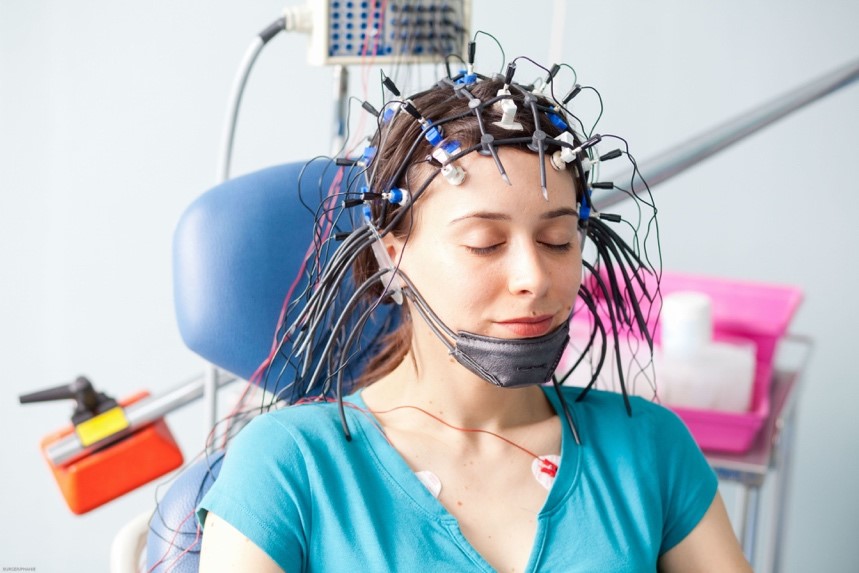Place your votes: BNA Council & Committee elections
22nd July 2024
5th Aug 2021
Spatial memory is the form of memory used to store information required to plan a route, recall a location, and to orient in space or time. It has been closely related to the brain's medial temporal lobe (MTL) – however, it remains difficult to investigate MTL activity related to spatial memory with non-invasive electrophysiological methods in humans.
In a recent article in the British Neuroscience Association (BNA) journal, Brain and Neuroscience Advances, authors Bauer, Buckley and Bast explored how employing high density Electroencephalography (EEG) recordings can help resolve this difficulty and its potential relevance to detecting dementia.
Asking participants to learn and remember goal locations in a virtual reality (VR) maze, while using advanced signal processing and statistical procedures, the authors were able to determine the brain activity that was the best predictor for how well the participants learned and remembered their locations.
As a result, the study suggests that by using appropriate recording and analysis techniques, EEG can reveal subtleties of brain activity with a precision that was previously thought to be impossible.
Electroenephalography (EEG) involves applying electrodes on the scalp to measure the electrical activity from the brain. EEG can be used to diagnose conditions such as stroke, seizure disorders, encephalitis (inflammation of the brain), sleep disorders and brain damage. It is one of few non-invasive methods, but, being non-invasive means that this method faces a major challenge in its limited ability to identify particular regions in the brain that generate measured signals. For instance, activity in the medial temporal lobe (MTL) is elusive for some EEG recordings.
used to diagnose conditions such as stroke, seizure disorders, encephalitis (inflammation of the brain), sleep disorders and brain damage. It is one of few non-invasive methods, but, being non-invasive means that this method faces a major challenge in its limited ability to identify particular regions in the brain that generate measured signals. For instance, activity in the medial temporal lobe (MTL) is elusive for some EEG recordings.
However, by relating inter-individual differences in ongoing brain activity to behaviour in a continuous rapid place-learning task that is suitable for a variety of people, this study was able to demonstrate that memory-related activity in the temporal lobe can be measured with EEG recordings. This approach holds great potential for further studies investigating such interactions during encoding and retrieval, as well as neuromodulatory impacts and age-related changes.
Some of the first signs of dementia are memory deficits, including in learning and remembering new locations, as well as changes to the MTL. As this study points towards high-density EEG combined with suitable behavioural tests as a highly sensitive probe for MTL dysfunction, it could help with the early diagnosis of dementia and with studying novel therapies targeting early stages of dementia.
Click here to read the full article
About Brain and Neuroscience Advances
Brain and Neuroscience Advances is a peer-reviewed, open-access journal, which publishes high quality translational and clinical articles from all neuroscience disciplines; including molecular, cellular, systems, behavioural and cognitive investigations.
The journal welcomes submissions in basic, translational and/or clinical neuroscience. Research papers should present novel, empirical results that are expected to be of interest to a broad spectrum of neuroscientists working in the laboratory, field or clinic.
Brain and Neuroscience Advances is now indexed in PubMed Central.
Never miss the latest BNA news and opportunities: sign up for our newsletter